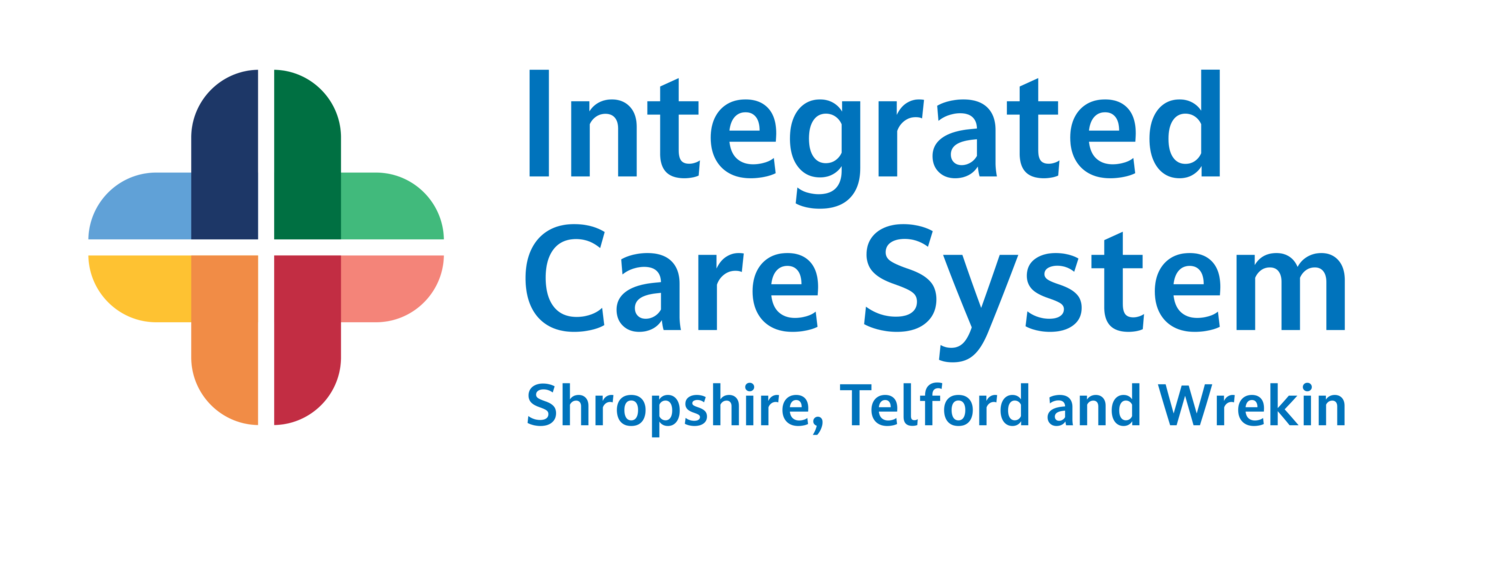
Eye care transformation
In 2021, we started a four-year programme of work to transform local eye care services.
The programme was informed by the Shropshire and Telford and Wrekin Eye Health Needs Assessment (EHNA 2019) which highlighted extensive and ongoing growth in the prevalence of cataracts, glaucoma, and age-related macular degeneration (AMD). This is due to a growing and ageing population, with a projected rise in AMD and cataracts of over 55% between 2016-2030.
This, along with other local population data and national best practice recommendations, sets the context to develop system-wide solutions to meet current and increasing demand for eye care services.
More information about this work is available below.

The programme set out to provide timely, safe, effective, and sustainable integrated eye care services.
The reasons for change, and the scope of the programme, included the need to:
- Anticipate and plan for the increasing demand on services.
- Reduce unnecessary face to face outpatient appointments and trips to hospital.
- Ensure earlier detection and prevention of certain eye conditions.
- Provide more joined up services across primary, secondary and community care.
- Provide more services closer to home, when and where they are needed.
- Make better use of innovative technologies and developments in eye care.
- Provide a more integrated service that is a lot easier to navigate for everyone.
- Make better use of data and tracking people’s care.
- Providing better access to local eye care services and support (in communities and optical practices)
- Making the best use of all available resources
- Ensuring pathways are easier to understand and navigate.
- Reducing unnecessary face to face outpatient eye care appointments in hospitals
- Reducing unnecessary trips to the GP or hospital
- Reducing transport and CO² emissions
- Reducing the number of overdue eye care appointments
- Increasing the use of one-stop clinics
- Increasing the use of advice and guidance between GPs, optometrists, and consultants
- Introducing patient-led follow up appointments where appropriate.
- Increasing the use of remote and virtual monitoring and consultations where appropriate
- Improving access to support for people diagnosed with sight loss and low vision.
- Achieving high and consistent patient safety
- Improving experience and outcomes of eye care and eye health
- Improving experience for staff who work in eye care services.
- Reducing pressure on the local acute hospitals and A&E department
First, we identified the programmes’ scope, aims, approach and key stakeholders.
Our stakeholders included:
- Secondary care ophthalmology
- Independent sector providers
- Optometry
- Primary care
- Local authority
- Voluntary sector
- Patients and public.
An Eye Care Programme Group was set up to provide progress updates and assurance to the Board. The group included representation from system partners, along with a dedicated public representative appointed through an open recruitment process.
The programme was structured into four key phases:
- Phase 1: Outpatient eye care and new ways of providing care and appointments.
- Phase 2: Integrated working and eye care referrals, more effective and efficient pathways and processes, with a newly designed improved community optometry service.
- Phase 3: Multi-specialty pathways where eye care forms a big part but involves other medical specialties.
- Phase 4: Other areas of possible development including contact lenses, dry eye, and low vision clinics. Exploring any other possible eye care services that can be provided more locally in people’s communities instead of a hospital setting.
The work started by gathering and analysing a range of different data sets including the needs of our local population, including public health and health inequalities. We also considered the themes that emerged from analysing three years’ worth of complaints and compliments linked to eye care.
To build on these findings, and to ensure people were informed and involved, a series of engagement events were held bringing together a wide range of individuals and organisations. These events aimed to gather feedback about current eye care services in the county to understand what worked well; what didn’t; what the gaps and issues were; and how it could be improved.
The findings were analysed, and then used, along with nationally recommended new models of care and best practice in other areas, to develop more efficient ways of providing eye care Outpatient clinics, and to start to shape and design a new community optometry service.
The engagement continued throughout the programme to ensure everyone remained as informed and involved as possible.
As expected, the four phases of the programme have all evolved at different rates, with some areas complete and some continuing as set out below.
- Phase 1: Outpatient eye care and new ways of providing care and appointments.
- New alternative ways of providing Outpatient eye care services have been developed including:
- Virtual consultations where appropriate.
- Advice & guidance where a referring optometrist or GP can send a scan to a hospital consultant for review and a recommended course of action without the need for an actual hospital appointment.
- Patient-initiated follow ups, where people are empowered to play a bigger role in their own care and only seek a follow up appointment where it is clinically necessary.
- New alternative ways of providing Outpatient eye care services have been developed including:
This important work continues, but is now part of a much broader Outpatients Transformation Programme, and so further updates on progress in this area can be found there.
- Phase 2: Integrated working and eye care referrals, and more effective and efficient pathways and processes, with a newly designed improved community optometry service.
- Using all the information gathered, a new improved integrated eye care system was developed that spanned primary, community and secondary care services linked to eyes and vision (excluding eye surgery and cancer as they sat with other pieces of work). From that, a new community optometry service was designed and developed, which maximises all the improvements and benefits needed around shifting a range of eye care services available more locally in optical practices instead of in the general hospital. A range of new improved, more integrated, eye care clinical pathways were developed enhancing overall patient experience and outcomes.
The newly designed clinical pathways include:
- Cataract
- Glaucoma
- Medical Retina
- Urgent Eye Care
- Children’s Eye Care
The new service model and pathways were stress-tested by a panel of different clinical professionals involved in eye care, before being agreed.
The proposed new model of care and clinical pathways then underwent an impact assessment process to ensure they would deliver improvements and benefit our local population.
A procurement exercise was carried out for new community optometry service model, called Optometry First.
The new service, which will be delivered by Primary Eyecare Services, will launch on 1 July 2025.
- Phase 3: Multi-speciality pathways where eye care forms a big part but involves other medical specialties.
- A number of partner organisations and clinicians from various areas of the health system have developed several improved, more effective, and safer clinical pathways for things like Giant Cell Arteritis.
- Phase 4: Other areas of possible development, including contact lenses, dry eye, low vision clinics, and exploring other possible eye care services that can be provided more locally in people’s communities instead of a hospital setting.
- Whilst these remain key areas to review, this final phase of eye care transformation is currently paused.
- A vast amount of work was also undertaken behind the scenes to implement a new innovative digital Electronic Eye Care Referral System. This new digital system enables local optical practices to make digital referrals. The system can be used as a two-way communication tool between clinicians and allows scans to be uploaded where these are available. This improves the way referrals are managed and makes the entire process far quicker and more direct, speeding up access to the right care, in the right place, at the right time.
This is now up and running in every optical practice across the county. As the first county in the Midlands region to make such innovative progress and improvements, we are leading the way in Shropshire, Telford and Wrekin.



